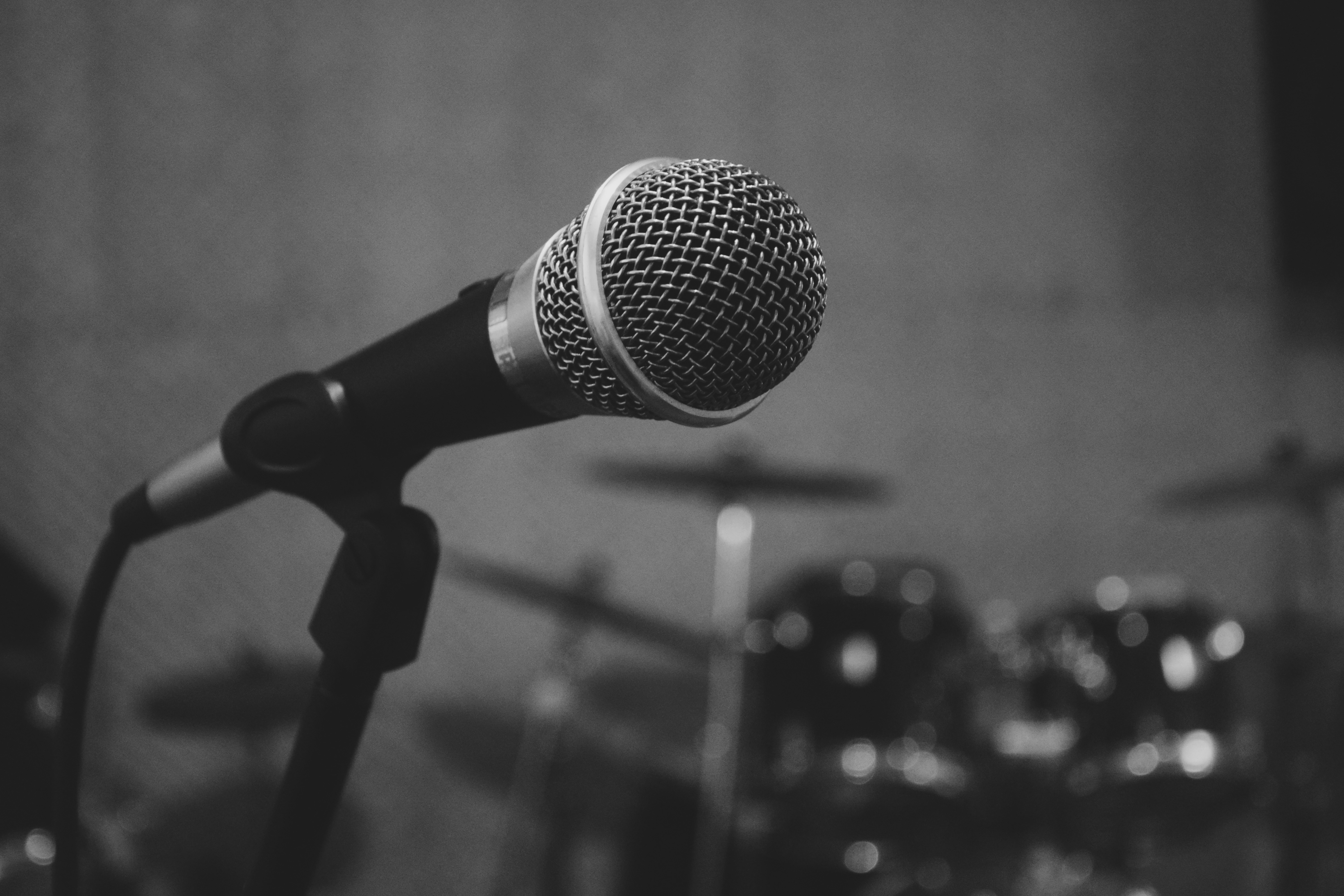‘Where do you want to sit?’
‘Dunno – probably just comes down to colour, doesn’t it? Orange or that nice blue?’
‘Let’s go for the orange seats. They’re more accessible – easier to get in and out’.
While it’s great to have a seat on public transport, if someone with a disability or specific needs gets on, you’re meant to give up that seat and offer it to the person who needs it more than you. It’s called manners. As a frequent user of public transport, it’s not unusual to notice passengers glued to the priority seats, and not willing to give them up, even when someone clearly needs them.
Dedicated priority seats
On public transport, there are always a few dedicated priority seats. These seats are specifically for people who need them more than your average Joe – like someone in a wheelchair, a person using a white cane, someone with a broken leg, a pregnant woman, or an elderly person. Get the picture. The seats are a different colour, orange for example, and are mostly at the end or beginning of each carriage. There’s even a sign above them showing line drawing of who might need those seats. It’s surprising how many people don’t seem to know about the priority seats, so I’ve made it my priority to write about them and hopefully educate and help people learn.
How can you tell if someone needs the priority seat you’re sitting in
Now, most of us don’t really need a priority seat, and that’s fine. But how can you know when someone else does? Well, I’ve got to tell you – most of the time, it’s obvious. One time, I got on a mid- afternoon train that was jam-packed with football supporters. They were having the time of their lives; loud, rowdy, and a bit too comfortable with their feet up on the seats and bags sprawled everywhere. One dude had even spread himself across the seats, curled up in a ball and seemed to be asleep. From the smell in the carriage, these dudes had probably been partying throughout the night and this was a continuation of that. But that doesn’t condone bad behaviour. I reckon it makes it worse.
Not a single person budged – rude dudes
As I clung on to a pole near the entrance door, white cane in hand, I wasn’t too bothered about not getting a seat for myself. But things changed when an elderly man boarded at the next station. Just like me, he was holding a white cane and was clearly struggling, not just with his vision loss but also his age. Not a single person budged out of those orange priority seats that happened to be very close to where we were standing. I wanted to say something, but I somehow lost my confidence and didn’t really want any backlash from the young men sitting in those seats who were obviously ‘three sheets to the wind’.
However, I did ask the elderly gentleman, if he was ok standing. He assured me he was. But if he’d said ‘no’, I would’ve definitely got my courage up.
Standing room only
Another time, while travelling home during peak hour, the train was so full that even the doorways were blocked. It was packed with high school kids and people heading home from work. I squeezed in through the door with my cane, with the help of one of the Public Transport staff working on the platform. Once inside, I shuffled in and grabbed onto one of the overhead straps. We were packed in like sardines, shoulder to shoulder, practically breathing down each other’s necks.
No one sat next to me
Four teenagers were seated in a priority area opposite the back wall of the carriage, where the seats are designated for wheelchair users and others with specific needs. Suddenly, a woman with an air of superiority, sounding very well-to-do with a posh accent and overpowering perfume, spoke up. She had clearly noticed my cane and then me. Or the other way around. In a sharp, commanding tone, she turned to the kids and said, ‘Get up and give the lady a seat. Show some respect!’
After some grumbling, the kids stood up and squeezed in amongst the other standing commuters. Now there were four empty priority seats in a row. I sat down, feeling very awkward because no one else sat down next to me. The train was crowded, people were standing everywhere, but those seats stayed empty except for the one I was occupying.
The takeaway here is that it’s fine to sit in those seats, as long as no one else needs them,
How many people even notice those priority signs?
I’m suspecting that education alone is not the problem here. It comes down to lack of respect which is a sad reflection on today’s society. Get off your phones, look around you, observe, be kind. It doesn’t hurt. It may even make you feel good about yourself.



